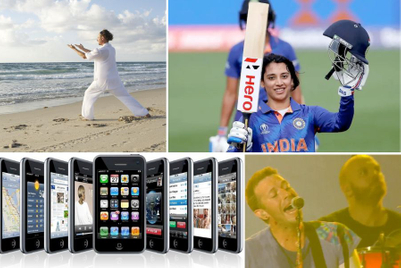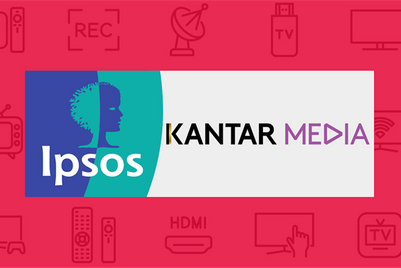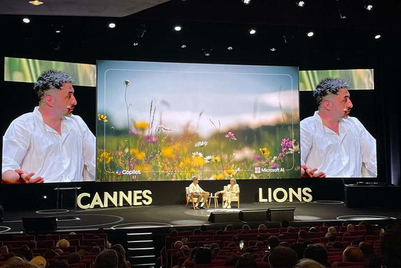.jpg&h=570&w=855&q=100&v=20250320&c=1)
Unstereotyping in advertisements is predicted to unlock higher marketing ROI across the world, as the focus on diversity and inclusion grows. However, according to an updated report by research firm Kantar, the Advertising Standards Council of India (ASCI) and the UN Stereotype Alliance, India is missing out on this opportunity as cultural diversity remains significantly low in its advertising.
The study, titled “Mainstreaming Diversity & Inclusiveness in Indian Advertising” scrutinised over 261 ads in 13 languages, and mapped them on dimensions of age, gender, sexual orientation, race/ethnicity, physical appearance, social class, disabilities, and religion.

Key findings included that less than 1% of the ads featured members of the LGBTQIA+ community or disabled people, and only 4% of the ads featured older people above 65 years of age. In comparison to other global markets, India is also still far behind in terms of celebrating the inherent diversity in its ethnicity and skin colour. Only 3% of Indian ads had representation from ethnic groups versus the global average of 19%, and only 4% showed diversity of skin tone versus the global average of 27%.

Even on the gender inclusion front, while there is a positive trend with almost 45% of the commercials featuring women alone, versus the global average of 25%, the depiction is still very stereotypical: Fair and lean. The portrayal of women is also anchored to care-giving. In contrast, men are shown three times more authoritative than females.
Other broad patterns in the study: 17% of ads had no representation of women or in some cases, they were used as background props. Four percent portrayed negative stereotypes around women—patronising them, objectifying the body, and using them for the male gaze and showcasing them as uninformed, helpless, and ignorant characters. Thirty-two percent fell in the ‘status quo’ category where while there was equal representation, they did not own the narrative—for example, in ads associated with the kitchen, worrying about the child, taking care of the house, etc. Twenty-three percent of ads fell in the ‘pseudo-progressive’ slot where while the physical appearance and tonality cued progressiveness, stories did not have a progressive outlook.

But things are slowly changing as there is a rise in advertisements that normalise positive gender roles for men and women. Moving ahead from raising questions on sharing the load, brands have started to celebrate the progressive gender roles and portrayals.
As per the Kantar study, 22% of commercials represented the ‘new normal slice of life’—created from the woman’s point of views, where they are shown as strong and meaningful characters with full control of their lives. Three percent of ads even had what Kantar called “firebrand/progressive codes” where women challenged regressive and conventional values, backed by a brief that provoked conversations and encouraged new behaviors.
These progressive ads don’t just work better for society but also for brands as they have the potential to connect with India’s diverse consumer base, according to Manisha Kapoor, CEO and secretary-general, ASCI.

Kantar’s short-term sales likelihood and the long term brand power score metrics also provided the validation that gender progressive portrayals not only impacted brand equity and perceptions but also impact the likelihood of immediate sales generated.
The study further noted that while ‘presence’ is the first and the critical step in crafting advertisements that reflect and build a society that values all its constituents, featuring them in positive portrayals is likely to amplify their potential to build brands both in short and long term.


.jpg&h=334&w=500&q=100&v=20250320&c=1)


.png&h=334&w=500&q=100&v=20250320&c=1)




.png&h=334&w=500&q=100&v=20250320&c=1)

.jpg&h=268&w=401&q=100&v=20250320&c=1)



.png&h=268&w=401&q=100&v=20250320&c=1)
.png&h=268&w=401&q=100&v=20250320&c=1)

